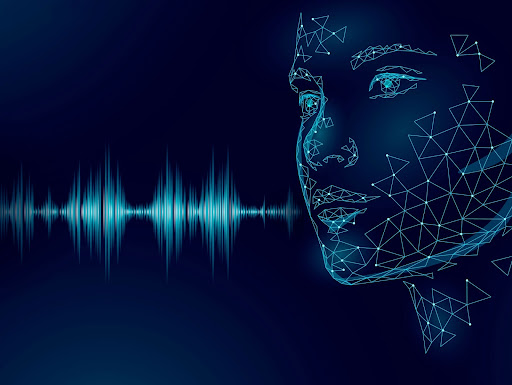Generally, audio refers to recordings and broadcasts of sound. Audio content is any type of written material or data intended for consumption through listening.
Music and speech can easily be accessed by most people with the help of digital audio technology, as they are treated like digital media and, therefore, are an important component of the information-age revolution.
Its commercial debut was via the audio Compact Disc, or CD, about 20 years ago.
Since then, this technology has undergone a remarkable evolution that has led to the introduction of numerous methods, techniques, systems, and formats that have reduced the size and cost of digital audio equipment.
Digital audio is now a common part of everyday life for audio professionals and music lovers alike, with the majority of prerecorded sounds reaching listeners via digital sources.
The vast majority of audio signals can be stored, manipulated, transmitted, and reproduced with this technology with remarkable performance, preciseness, and scalability.
A significant advantage of digital electronics is the continuous reduction in component size and cost in comparison to analog technologies, as well as improved system performance.
Did you know? AI voices are relatively cheaper than having a voice-over artist.
Getting started with speech synthesis
The artificial production of human speech is called speech synthesis.
A speech computer, also known as a speech synthesizer, is used for this purpose and can either be implemented in hardware or software.
Around four decades have passed since Speech Synthesis became part of mainstream reality.
In 1977, Mattel began designing a game console known as Intellivision that featured a voice synthesis module.

In 1988, after developing a slowly progressing form of Motor Neurone Disease, Stephen Hawking was able to regain the ability to speak with Intel’s Speech Plus system.
Professor Hawking became well known for this voice.

Both Apple and Microsoft have spent decades researching and developing synthetic AI voice systems.
Apple launched Siri in 2011, and Amazon launched Alexa in 2017, along with Google’s own synthetic voice and Microsoft’s many iterations of Cortana.
These four companies alone have invested billions of dollars developing voice emulators that are as human-like as possible. It’s so human!
Current Scenario
The most important and fastest-growing technological development in our time is Artificial Intelligence (AI). Naturally, synthetic AI voices can be used in an ever-increasing variety of ways.
The Text-to-Speech (TTS) bandwagon has resulted in a wave of small, independent developers harvesting large databases and libraries of spoken audio to build a voice emulator that sounds more humane.

Listen2It is using AI to develop synthetic voices for brands.
It is a necessity more than a luxury to have audio content for your brand, as many individuals are preferring audio articles over written content helping content creators gain loyal customers.
Bonus…
Content creators are changing their marketing strategies. They have been implementing audio content in their plans to amplify their content with voice and attract more visitors to read their articles. Oh, wait! Listen to their articles.
But you may be wondering what content strategy works best now? We’ve got you covered.
Kickstart your content marketing strategy with these 10 effective tools and boost your SEO score & attract an audience 4x than usual.
It is important that your audience can consume your content in both reading and listening formats. So why limit only to written content?

Leave a Reply